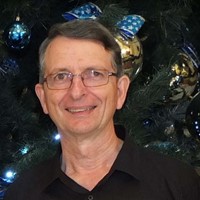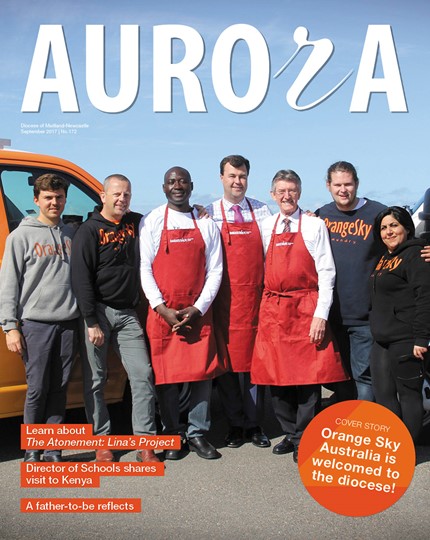One of the more well-known of these was Baptist preacher, William Miller, a retired army captain from New York State. He had almost given up on religion, believing God to be distant and irrelevant. However, as he read his Bible and his faith rekindled, he too became absorbed by the prospect of Jesus returning.
Miller became a popular preacher, convinced that Jesus would return between March 1843 and March 1844. One of his colleagues eventually settled on the date of 23 October 1844, but when that day came and went, Miller and his followers were held to scorn, with most of his former followers abandoning the movement.
However, a small group held to its convictions, developing the idea that the prophecies concerned the ministry of Jesus in heaven on behalf of his saints rather than his return to earth. From that group arose the Seventh-day Adventist Church.
Jesus is central to the key areas of belief: God, humanity, salvation, the church, the Christian life and last day events.
God is love, power, and splendour. His ways are far beyond us, but he still reaches out to us. God is infinite yet intimate, three yet one, all-knowing yet all-forgiving. God reaches out to us most dramatically through Jesus, who chose to become one of us. Jesus returned to heaven but God has not left us alone. The ministry of Jesus to society’s broken and vulnerable continues through spiritual gifts the Holy Spirit initiates in the “body of Christ,” the church.
The Bible describes human origins in terms very different from other ancient religious documents. Rather than arriving by accident or mistake or as a means to lighten the load of the over-worked gods, God gave purpose, dignity and free will to the human race. A key reminder is the Sabbath, the day Jesus called a gift (Mark 2:27-28). It affirms that we are not machines or slaves, but need time out to reconnect, replenish and be free. However, along the way the original harmony was disrupted and distorted – between us and God, between us as humans, between us and other creatures, and between us and the earth. But Jesus remains with us through his Holy Spirit to empower each of us to make a difference. The Spirit activates the “body of Christ,” the church, through spiritual gifts and a humble attitude of service and compassion.
Jesus’ self-sacrificing death shows that God is willing to pay the cost of our perversity. His sacrifice unmasks the true horror of sin and makes it clear God can be trusted. Because Jesus lived the perfect life we’ve each failed to achieve, and because he died the death we each deserve, we can live for him, now and eternally.
Jesus left his followers with an epic mission: to tell the world of his love and of his promise to return; to love people the way he loved them. Entrusting humans with this task is a bold and risky move. Even though God knew people would often fail him, he wants to work with us. And he wants us to selflessly serve others, strengthened and motivated by his Word, demonstrating God’s love to the world.
God desires us to live in wholeness and balance, caring for our bodies, refining our minds and nourishing our spirits. Knowing the price Jesus paid to redeem us motivates us to glorify God in every aspect of our lives. As the Spirit lives in us, we seek to uplift others and embody God’s grace in our actions and interactions. As careful witnesses for God, we advance his priorities in our use of time, consume only that which nourishes our minds and bodies and consider our impact on ourselves, others and society.
Seventh-day Adventists meet on Saturdays at 9.30am for “Sabbath School”, when the congregation divides into age groups for Bible study and discussion groups. Then at 11am the main service is conducted, usually with singing and special features, followed by a sermon by the pastor or a layperson.
Communion is usually held four times a year, and includes foot-washing as described in John’s gospel (ch 13). When this concludes, the members regroup in the sanctuary to partake of the emblems; unleavened bread and unfermented wine. Members are baptised by immersion when they decide to commit their lives to Jesus.
So what is a Seventh-day Adventist? There are the very conservative and the very liberal, the very pious and the very secular. What we hold in common is our desire to see our broken world restored, the disenfranchised to be given a fair go, and to see the face of God.























































































